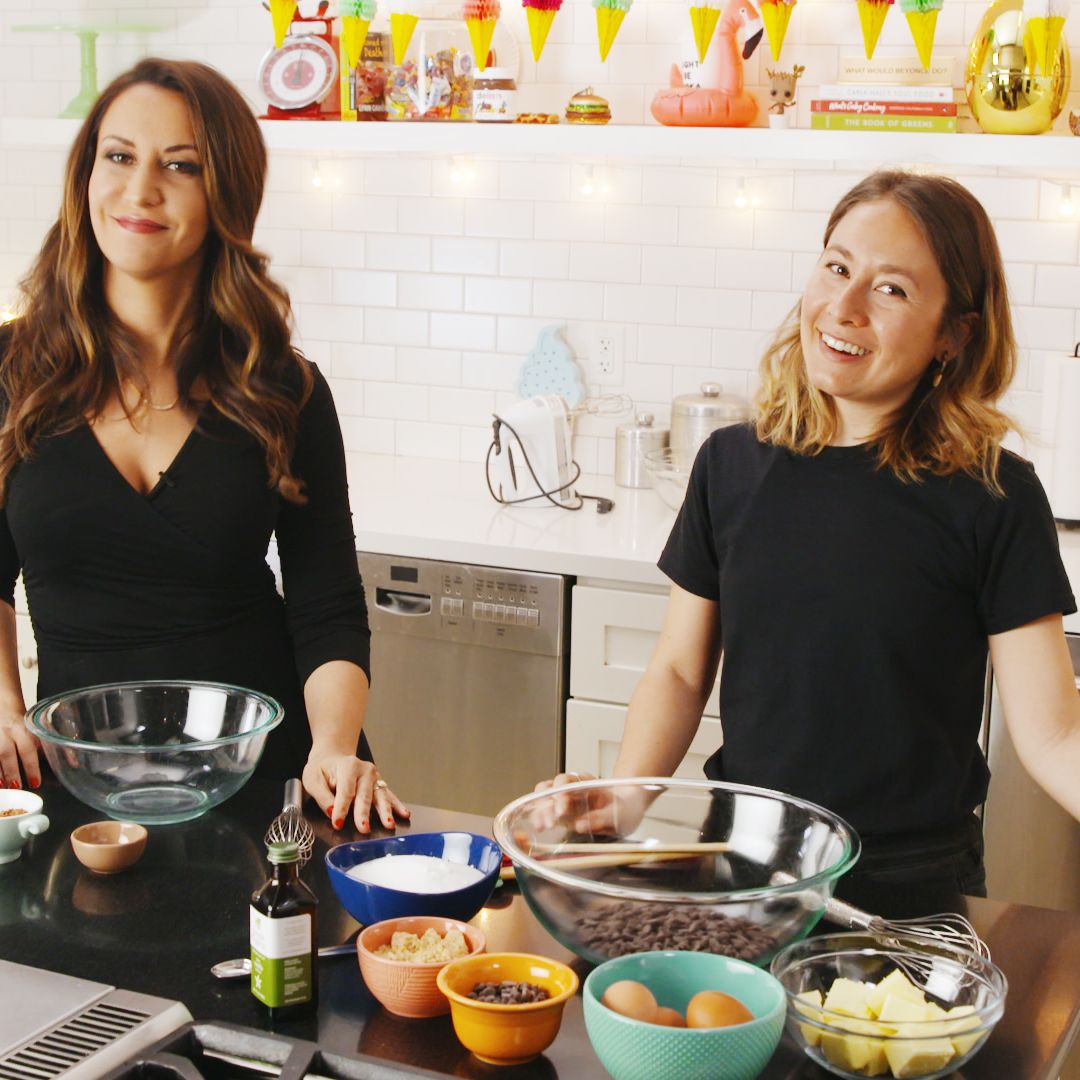These Are the ABCs of CBD
CBD is everywhere now. We'll spend a whole week exploring how that happened and what it means for you.

A good rule of thumb is: “When Gwyneth Paltrow starts raving about it, you know that whatever supposedly underground thing you were into is about to go mainstream.” That’s not a knock on Gwyneth Paltrow; she just represents a certain kind of chic, adult woman with disposable income who is susceptible to hype. She's the archetypal Cool Mom, a demographic that can legitimize a business and inject it with money just by thinking something is neat. And nothing better crystallizes this power than seeing what Cool Moms did for cannabidiol, the substance more commonly known as CBD.
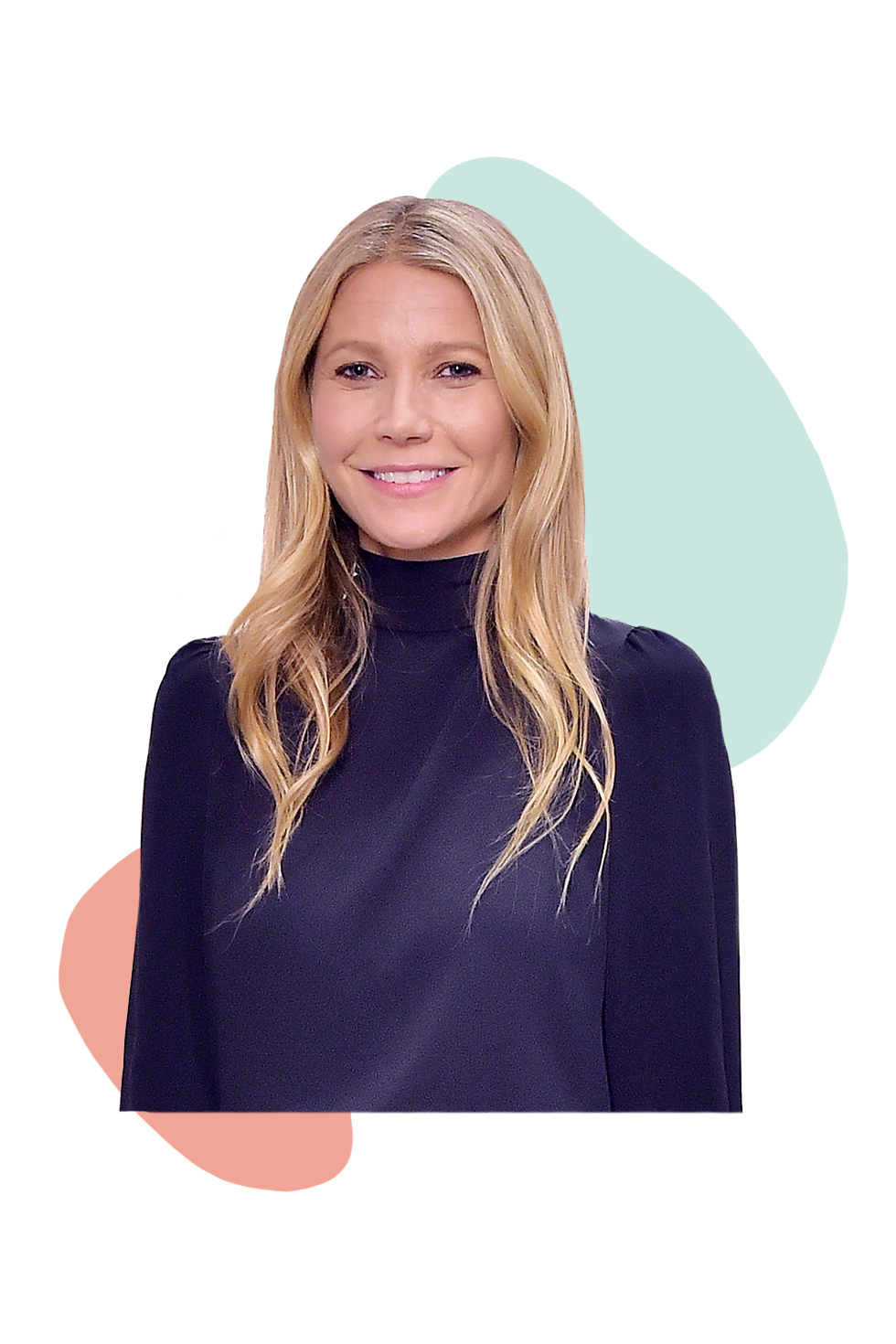
A few years ago, around the time the general public caught wise to its ability to curb seizures in people with epilepsy, CBD entered The Wellness Space—a land where everything from hyaluronic acid to crystal sex toys are rocketed to public consciousness (and rake in lots of money) because of their use in ritual self-care. That's how the compound went from a chemical that only weed nerds knew about—though CBD is the part of the cannabis plant that, unlike THC, will not get you high—to an industry projected to be worth $22 billion by 2022. As a result, you can now likely purchase CBD oil in your local health food store. (I shudder to imagine what this will mean for BDSM now that GOOP is selling a $240 leather whip.)

Though my familiarity with weed is roughly as much as the next person who went to art school—so, you know, pretty familiar—I admit I held onto several preconceived notions about CBD until quite recently. Among the things I assumed were:
- CBD doesn’t actually do anything.
- CBD is just a way for the male-dominated weed industry to make itself look more legitimate by marketing to women. In that way, it’s actually taking advantage of women because the CBD they’re buying, as I said, doesn’t do anything.
- By accepting the marketing of CBD as a “wellness” cure-all, women are just apologizing for wanting to get high, a nod to a long history in which we’re supposed to feel bad for doing things just because we think they’re fun.
I was wrong about all of the above, for the record. But it took working on this package to really understand why.
First of all, I was wrong about CBD being all smoke and mirrors. Yes, CBD is being strongly marketed to women, and it’s worth exploring why that is and what it says about our culture right now. But it’s also a substance with far-reaching potential, and a variety of helpful use cases that vary by person. In fact, we don’t even know about some of those uses yet—for example, its potential as a preventative therapy—because CBD’s association with marijuana, as a result of the racist War on Drugs, means that formal research is spotty. Even so, some people claim that CBD has already changed their lives for the better.
Everybody processes CBD differently, because everyone’s endocannabinoid system (the group of neurotransmitters that interpret how cannabis and hemp affect you) is different. This week, we'll be reviewing different CBD products to see whether they really help our different physical ailments.
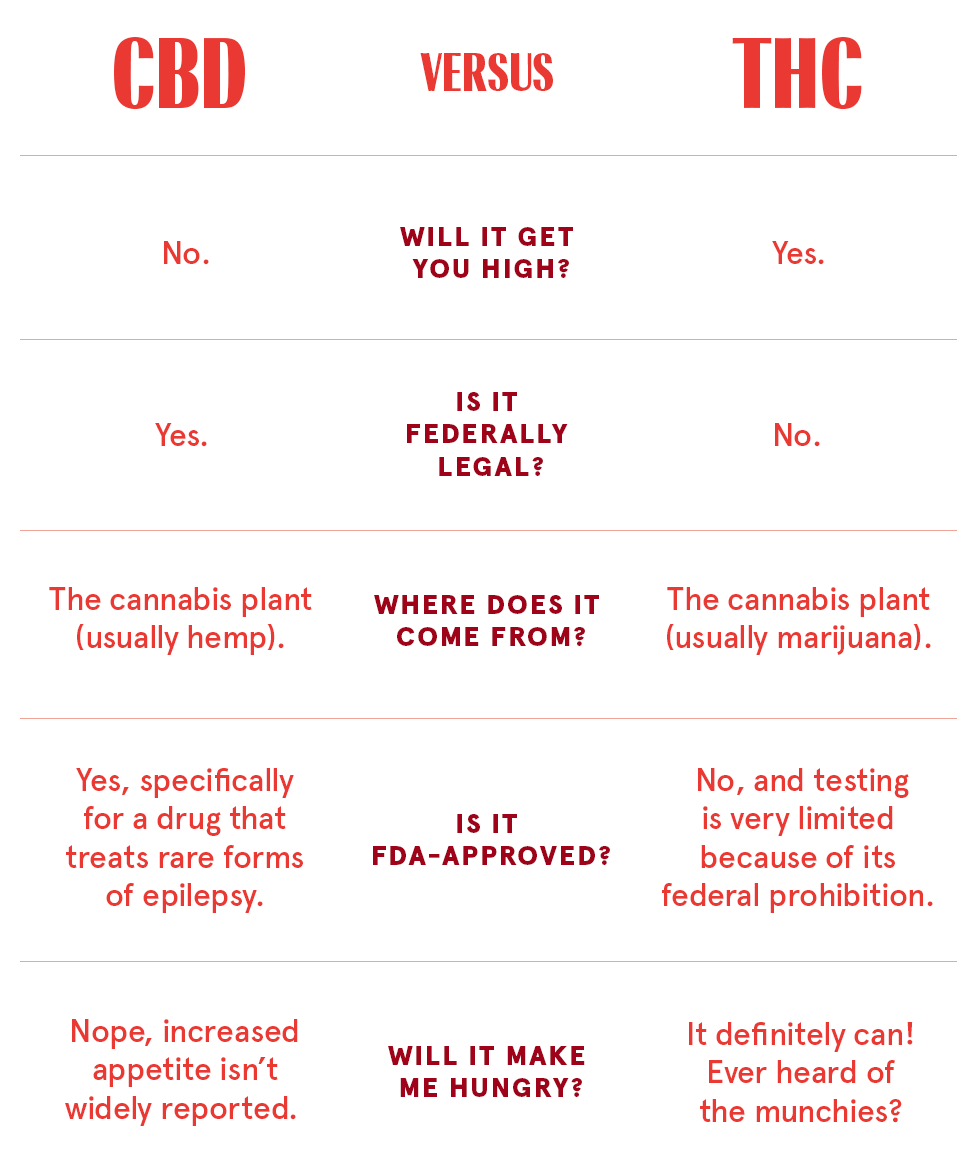
Second, CBD’s woman-centric marketing isn't purely the result of some bro-led pot industry pinkwashing, and it doesn’t prevent women from accessing the cannabis industry. If anything, it lowers the barrier for more women to enter a space that has been traditionally geared toward men. The CBD market is the first aspect of the burgeoning, multi-billion dollar cannabis industry that seems to put women’s interests and needs first, creating inroads for women to actually work in that space. There's a long way to go on that front: The number of women in leadership positions in CBD has actually decreased as the market becomes more lucrative. But there is hope. Charlotte Palermino of cannabis education site Nice Paper profiled the inspiring women dominating various aspects of the CBD industry and helping other women to do the same. You can read that later this week, too.
Last September, I accepted an invite from cannabis company Papa & Barkley to attend the plant harvest in Humboldt, California—the center of the Emerald Triangle, where cannabis is not just a budding industry but a cultural touchstone. California is (so far) one of 10 states and Washington, D.C. to have fully legalized recreational marijuana, and I went on this trip to see just how communities that have revolved around cannabis since before it was legal were adjusting to the new laws.
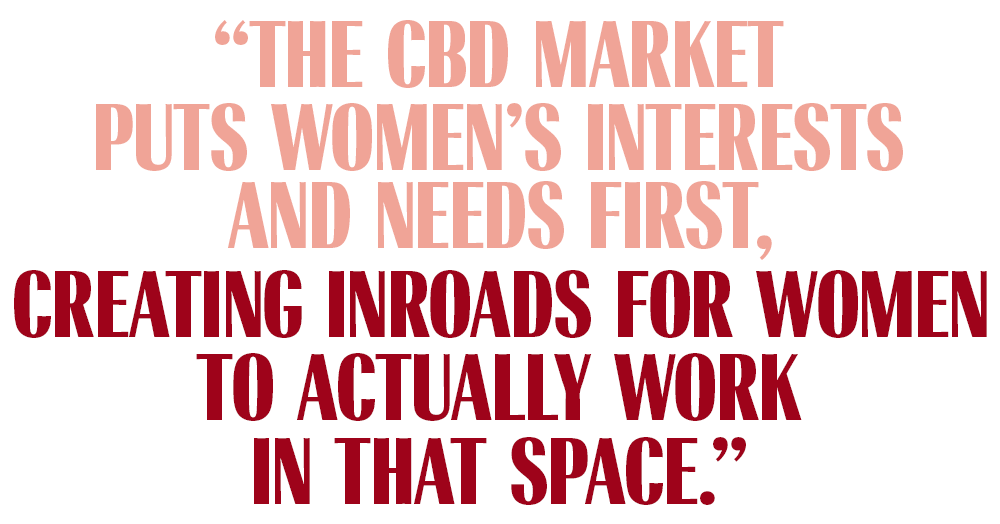
But rather than finding a group of deviants plotting to take over the weed world, I met Papa & Barkley’s founder, Adam Grossman, a very nice man who started his company in an effort to help his father, who was suffering from a back condition that eventually put him in hospice care. Their line of products are CBD-forward and, though many contain THC, they’re not for getting high: Papa & Barkley’s most popular products are its Releaf Balms, which are applied topically. They’re not shamey about people who do want to experience the psychoactive side-effects of cannabis, but that’s just not their corner of the market. And everyone who works there seems to genuinely believe in their mission of making people’s lives better through these plants. It was truly touching, and completely challenged what I knew about CBD and wellness.

About a month after I got back, my mom—a breast cancer survivor—and I were on the phone and she told me about a new cream that, for the first time, brought her some relief from the painful neuropathy she experiences in her hands and feet as a result of chemotherapy. It was CBD-based. Of course.
In the stories you’ll find in the ABCs of CBD, Marie Claire editors look at every aspect of this industry—from how it became a staple at the beauty counter and the bar, to an exploration of why casual CBD use highlights major inequalities in the justice system. We dissect the specific legal issues that CBD encounters in each state, and answer every conceivable question you’ve ever had about the substance. (Oh, and there are lots of fun things to buy, too.)
Come with us as we discover what’s really at the heart of this major trend, and see whether any of it might work for you. —Cady Drell
-
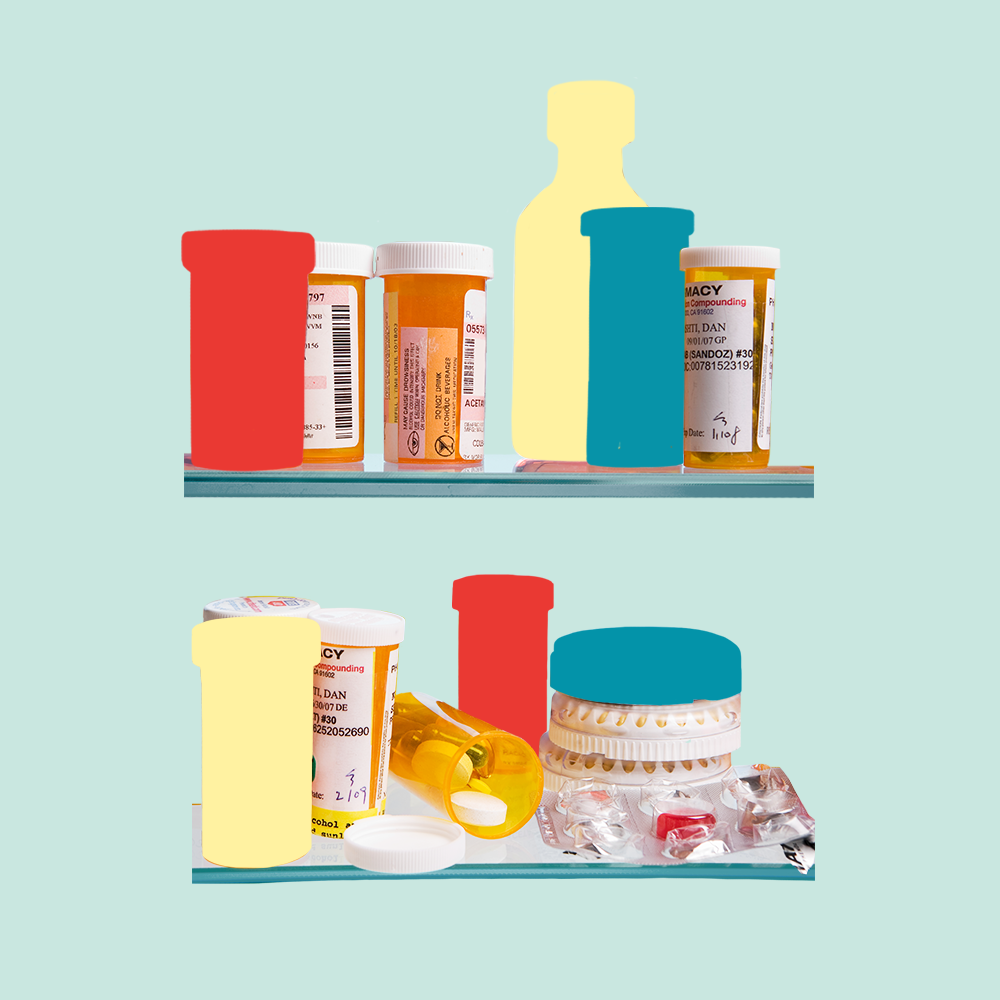
10 Health Issues CBD Could Solve
Features Is CBD truly the wonder drug it's being touted as?
By The Editors Published
Features -

CBD Completely Changed How I Handled My Anxiety
And my approach to stress management forever.
By Gretchen Lidicker Published
-
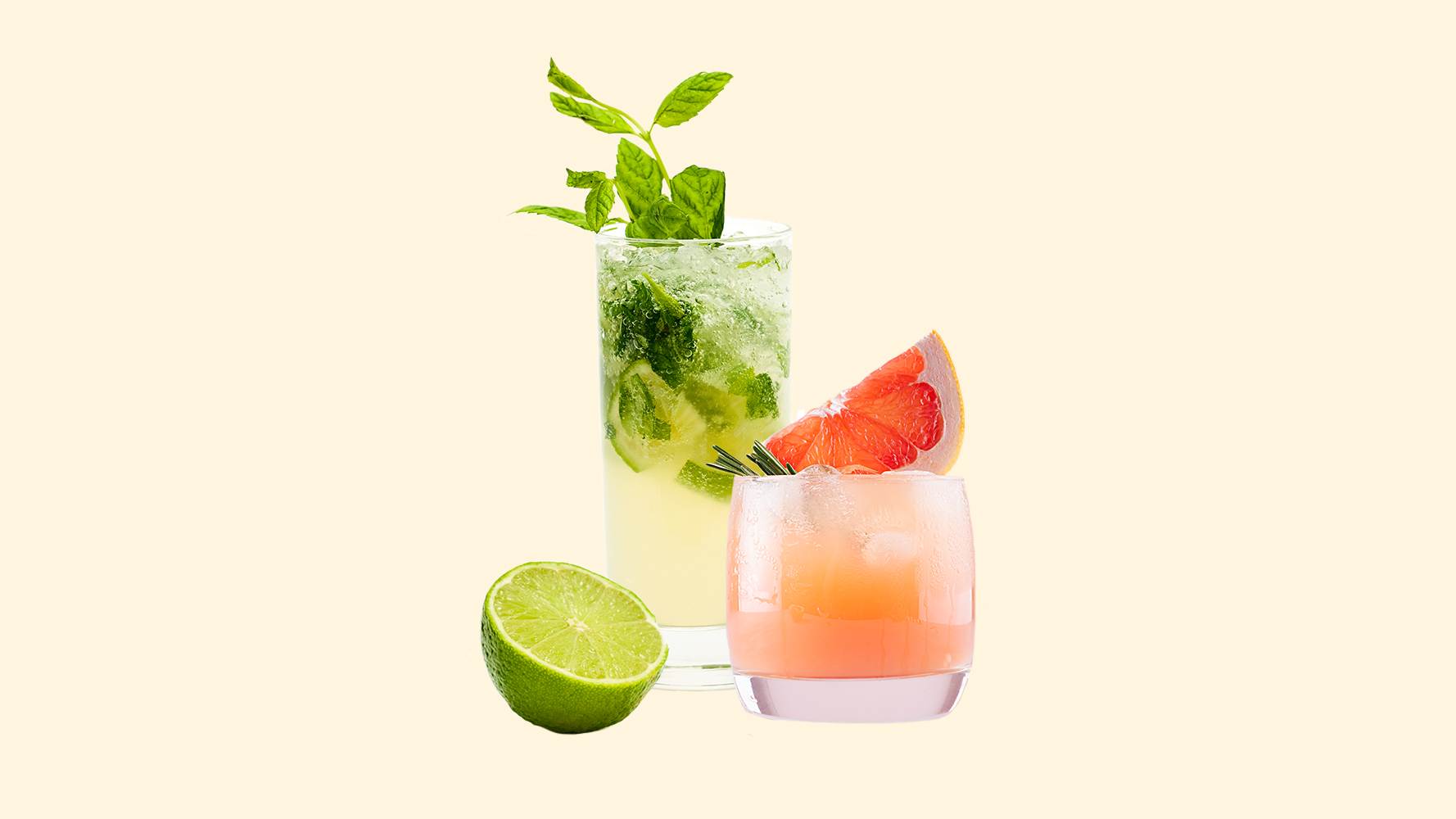
We Mixed Up 6 CBD Cocktails—Care to Join Us?
We rounded up recipes for CBD cocktails from some of the country's buzziest restaurants and bars. Here's how to make these extra-relaxing cocktails at home.
By Leah Melby Clinton Published
-

How CBD Can Save Your Skin
Buying Guide Plus, what to know before you buy so that you get the most out of your CBD beauty products.
By Taylore Glynn Published
Buying Guide -

10 Celebrities Who Love CBD Products
And why they love it.
By Holly Rhue Published
-
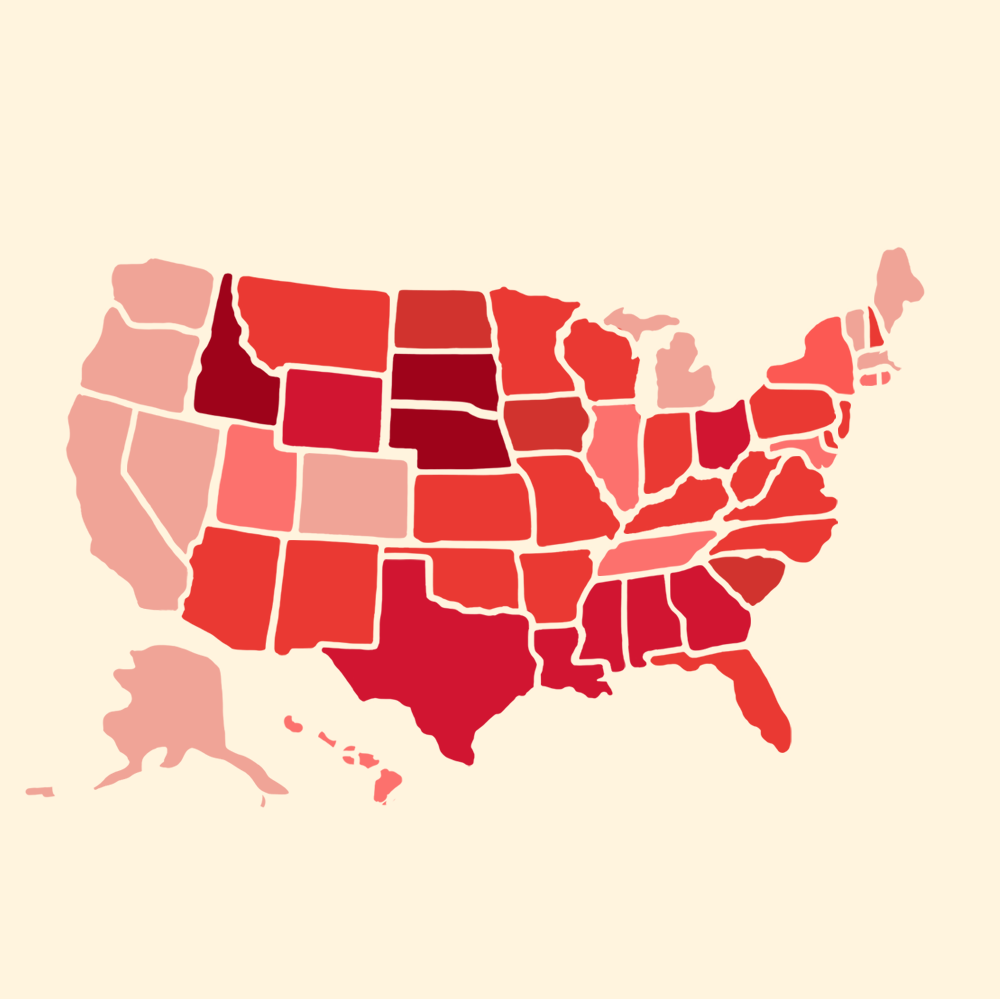
Is CBD Even Legal Where You Live?
This state-by-state guide will tell you.
By Meredith Clark Published
-
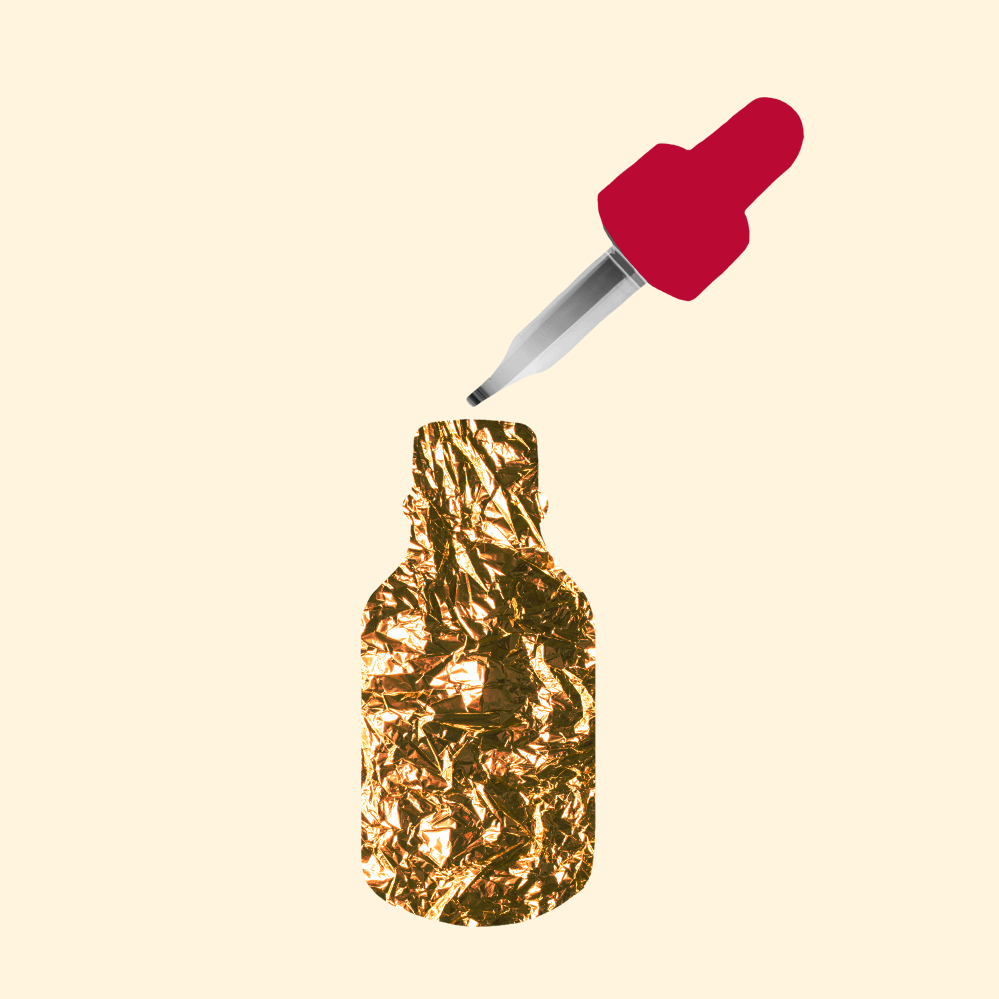
We Have to Acknowledge That CBD Use Is a Privilege
Though CBD (unlike THC) has been largely legalized, recent arrest numbers of black and brown people still reflect troubling policies.
By Amber Senter Published
-

An Expert Answers All Your Questions About CBD
It's buzzy...and baffling.
By Laurel Leicht Published
-
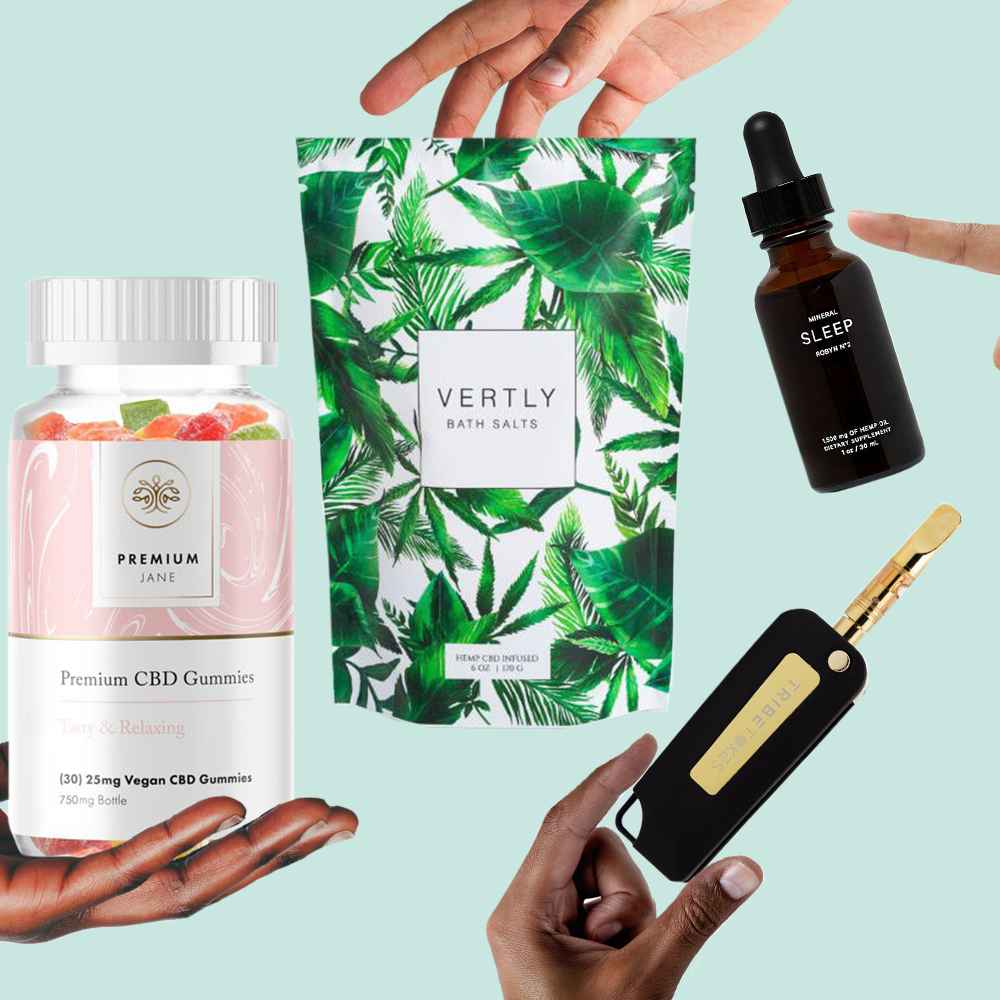
12 CBD Products That You Should Actually Buy
And each item ships to all 50 states!
By Marie Claire Published
